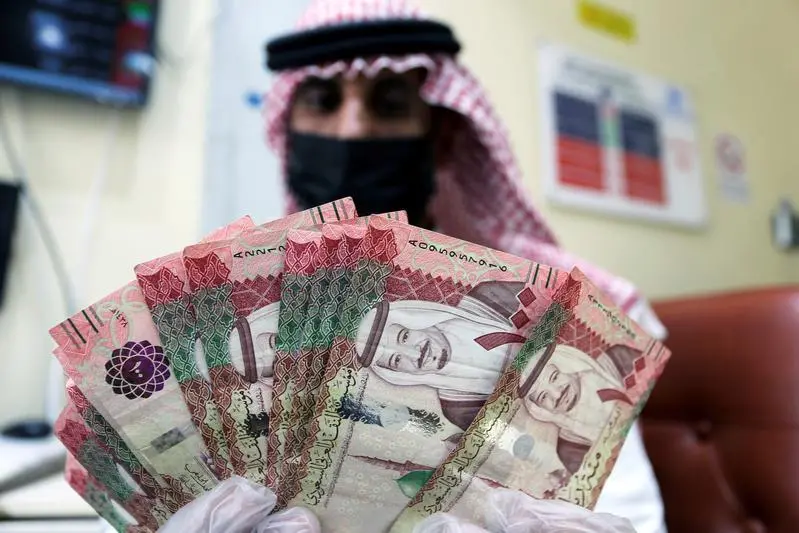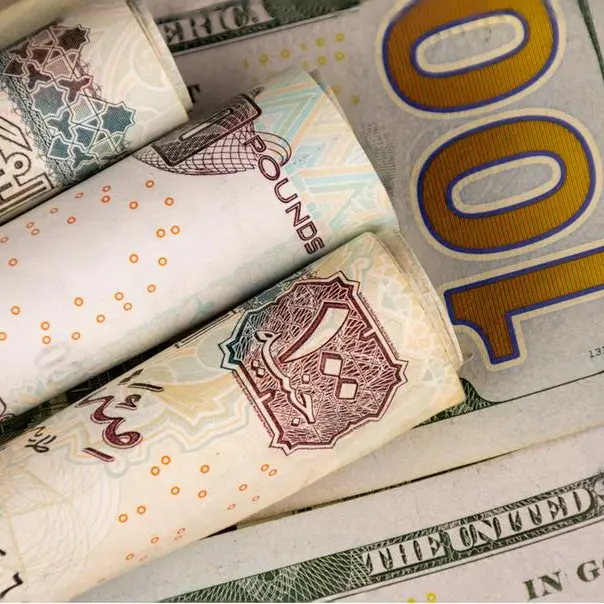PHOTO
The mortgage industry is set to lead the push in the 54 billion riyals ($14.5 billion) non-bank financial institutions (NBFI) sector in Saudi Arabia, according to a new report by KPMG.
“Despite market turbulence; we have observed growth momentum during the first half of 2021 that started during the second half of 2020 after consumer confidence was regained,” said Khalil Ibrahim Al Sedais, Office Managing Partner – Riyadh at KPMG in Saudi Arabia.
In the mortgage industry, volumes were all time high due to domestic demand of housing, low interest rate environment and government guarantee for the first house of citizens, he added.
The sector is expected to grow further helped by the measures undertaken to improve the Saudi financial services sector like AML compliance, fintech advancement, cybersecurity, business continuity planning and digitalization, the report noted.
Besides real estate, the NBFI industry covers automotive, commercial equipment and other consumer financing.
Currently, more than 35 NBFIs are operating in Saudi Arabia, according to KPMG. As at the end of FY 2020, the total paid up capital of these entities was 14.2 billion riyals with real estate companies accounting for 3.9 billion riyals, non-real estate companies for 8.8 billion riyals and Saudi Real Estate Refinance Company (SRC), the refinancing entity of the industry, accounting for 1.5 billion riyals, the report said.
Industry-wide total assets as at the end of FY 2020 were 53 billion riyals which included real estate companies’ assets amounting to 14 billion riyals, non-real estate companies’ assets amounting to 31.5 billion riyals and SRC assets amounting to 7.5 billion riyals.
Loan book strength
The outstanding loan book, on and off-balance sheet, amounted to approximately 54 billion riyals which included real estate companies’ loan book of 23.5 billion riyals and non-real estate companies’ loan book of 30.6 billion riyals.
However, despite SAMA’s new regulations allowing deposit-taking by finance companies, currently, NBFIs are highly dependent on borrowing and securitization as the main source for financing their lending activities. At the end of 2020, equity and liabilities totaled 53 billion riyals of which, liabilities accounted for 63 percent, while capital and reserves represented 27 percent and 10 percent, respectively, KPMG said.
(Writing by Brinda Darasha; editing by Seban Scaria)
Disclaimer: This article is provided for informational purposes only. The content does not provide tax, legal or investment advice or opinion regarding the suitability, value or profitability of any particular security, portfolio or investment strategy. Read our full disclaimer policy here.
© ZAWYA 2021






















